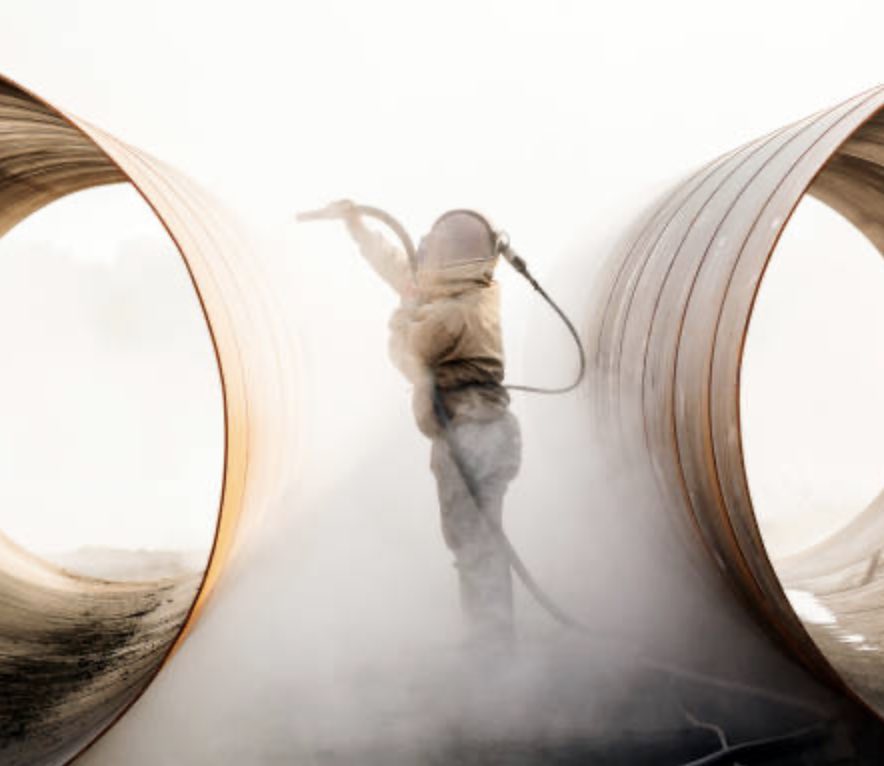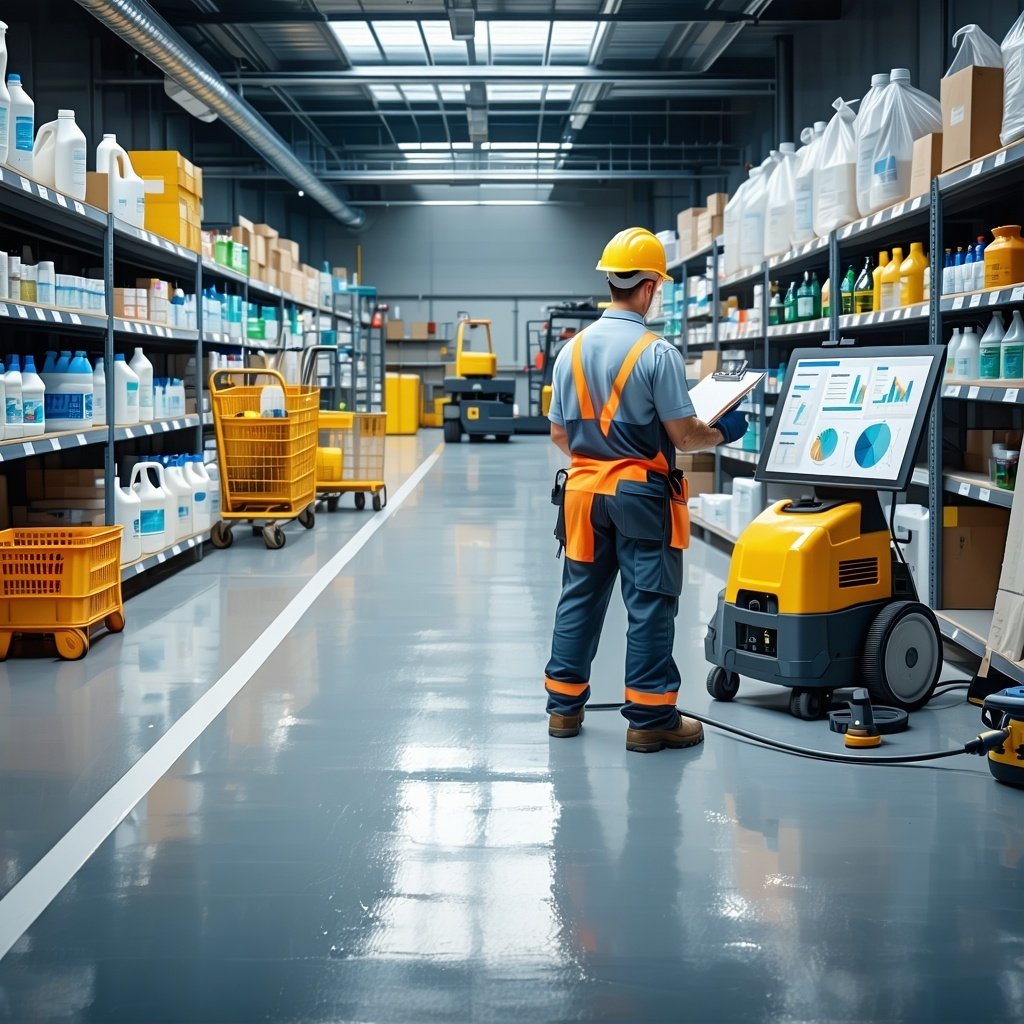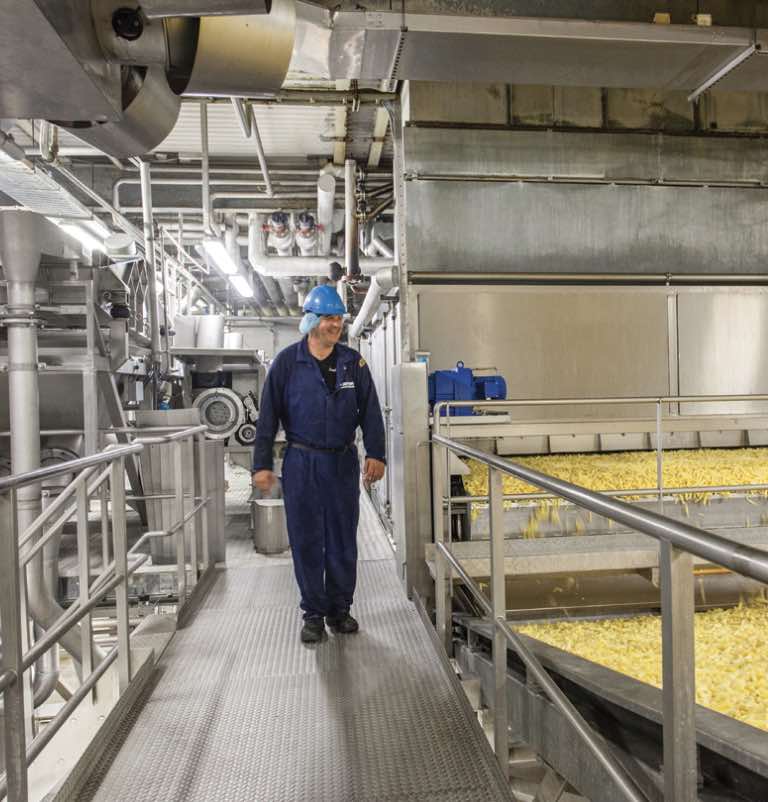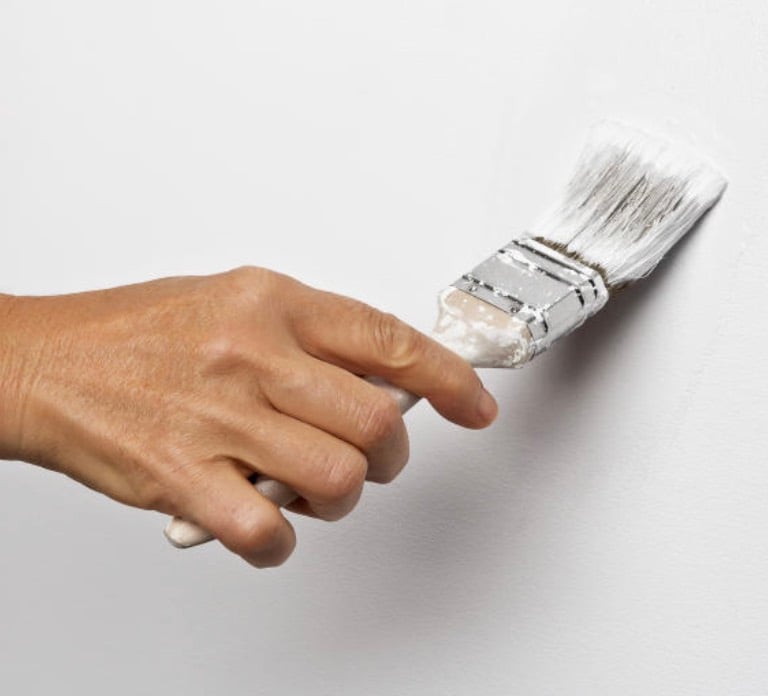
Is Surface Preparation the Most Important Part of a Coating System?
Surface preparation is critical when using high-performance coatings because it ensures that the coating adheres properly to the substrate.
- High Performance Coatings
Surface preparation is critical when using high-performance coatings because it ensures that the coating adheres properly to the substrate and maximizes the coating's performance. Without proper surface preparation, the coating may not bond well to the substrate, leading to premature failure, reduced adhesion, and compromised durability.
Surface preparation standards for steel and concrete are set by various organizations and standards bodies. Two commonly used surface preparation standards are:
- SSPC-SP 6/NACE No. 3: This standard, developed by the Society for Protective Coatings (SSPC) and the National Association of Corrosion Engineers (NACE), outlines the requirements for commercial blast cleaning of steel. The standard specifies that all visible rust, mill scale, and other foreign matter should be removed from the steel surface by blast cleaning to a near-white metal finish. The surface should be free of oil, grease, dirt, and other contaminants.
- ICRI Technical Guideline No. 310.2: This standard, developed by the International Concrete Repair Institute (ICRI), provides guidelines for surface preparation of concrete substrates. The guideline specifies that the concrete surface should be free of laitance, loose mortar, coatings, and other contaminants. The surface should be cleaned and roughened to provide a suitable profile for the coating or repair material.
Both of these standards provide detailed guidance on surface preparation methods, such as abrasive blasting, water jetting, and chemical cleaning, and specify the acceptable surface cleanliness and roughness levels for different coating systems. Other relevant standards for surface preparation of steel and concrete include ASTM D4259, ASTM D4258, and ASTM D6386 for steel, and ASTM D4259, ASTM D4260, and ASTM D7234 for concrete.
High-performance coatings are designed to offer superior protection against various environmental factors such as corrosion, abrasion, chemicals, and UV radiation. To achieve their optimal performance, these coatings must be applied to a clean and properly prepared surface.
Surface preparation typically involves several steps, including cleaning, degreasing, sanding, shot blasting, or acid etching. These processes remove contaminants, such as oil, grease, dirt, and rust, from the substrate, allowing the coating to bond effectively. The specific surface preparation required will depend on the type of substrate, the type of coating, and the application requirements.
In addition to ensuring proper adhesion, surface preparation can also help improve the coating's appearance, increase its lifespan, and reduce maintenance costs over time. By properly preparing the substrate, high-performance coatings can provide long-lasting protection and enhance the overall performance of the product or structure. It's essential to consult the specific standards and guidelines for the intended application to ensure proper surface preparation and optimal performance of the coating or repair material. A High Performance Coating Consultant can help you understand specific standards and guidelines and help ensure the right surface preparation standard and coating system are specified for your application.
Check out these other resources
Choosing Surface Preparation Standards
The Importance of Surface Preparation
Writing Performance Based Specifications

What Maintenance is Required with High...

Unveiling the Distinctions: USDA vs. FDA Coatings
Explore the critical differences between USDA and...

What Are The Proper Methods for Touching Up High...
Touching up high-performance coatings requires...